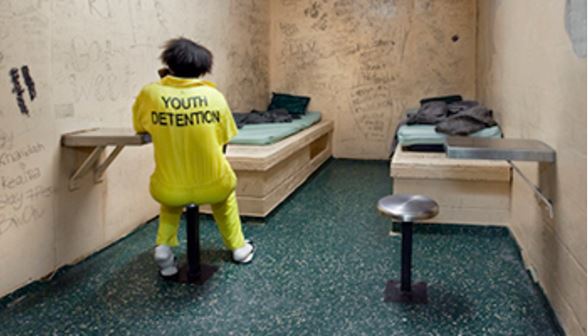When first-time offenders choose restorative justice, they are unlikely to re-offend. Ultimately, offenders take responsibility for their crimes, make amends and change their behaviors.
Traditionally, when students misbehave, students are sent to the office. Educators do things “to” students, like detention or missing recess. But such punishment doesn’t work.
Behavior worsens until students are pushed out of school and end up in jail. This is called the school-to-prison pipeline.
Restorative practices requires a paradigm shift from punishment to student responsibility, accountability and, ultimately, changing behaviors by involving both offenders and victims.
Will it work in Modesto (California)? Thirteen Modesto City Schools (four more this fall) are embracing restorative practices.
The results? Typically, schools cut their suspension rates in half the first year, and then cut them in half again the next.
Photo via www.aecf.org/work/juvenile-justice
See From Diapers to Diamonds website.
See related article on Walmart’s restorative justice program.

